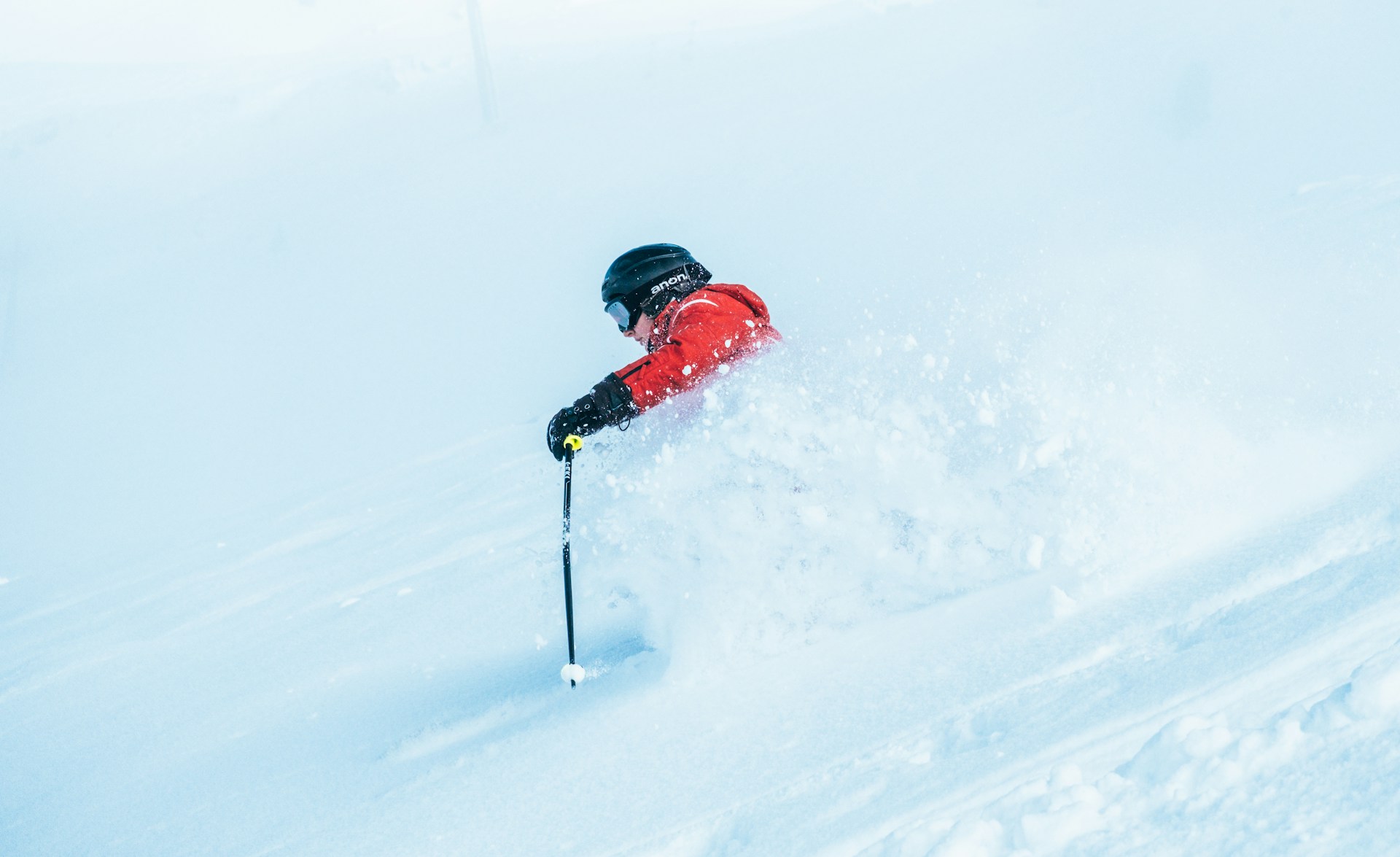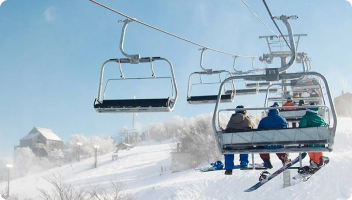Elevating Ski Etiquette: What Makes for a Respectful Slopeside Experience?
As the Australian ski season hits its stride, it’s crucial to keep ski etiquette at the forefront. Whether you’re a seasoned pro or a novice hitting the slopes for the first time, understanding and adhering to proper ski behaviour can make a significant difference in everyone’s enjoyment of the mountain.
The team at Snow Season Central wanted to know which behaviours people find most annoying on Australia’s ski slopes. To find out, we surveyed over 2,000 Australians who have skied at least twice on Australian slopes in the last five years to see if they had witnessed any instances of people being careless or antisocial.
Our survey uncovered some insightful findings about what behaviours are considered most disruptive on the slopes and the best ways to handle these situations.
Key Findings
- According to the Australians we surveyed, the most common violations of ski etiquette are: skipping lines or pushing in lift queues (72%), not keeping a safe distance from other skiers (50%) and not respecting the environment (32%).
- Melburnians named the country’s most poorly behaved slope users, followed by Adelaide and Geelong, according to their own residents.
- Ways to respond to ski etiquette violation include: ignoring the behaviour (38%), politely communicate the rules to abusers (23%), recording the behaviour and sharing it on social media (17%).
Understanding Ski Etiquette
While the skiing environment may seem less formal than other settings, it still requires a set of unwritten rules to ensure that everyone can enjoy their time on the slopes. Ski etiquette is all about consideration and respect for fellow skiers, ensuring a safe and pleasant experience for all.
The most common ski etiquette violations in Australia:
- Skipping lines or pushing in lift queues – 72%
- Not keeping a safe distance from other skiers – 50%
- Not respecting the environment – 32%
- Not obeying signs and markings – 24%
- Not looking before merging – 20%
- Going too fast – 18%
- Not staying in control – 17%
- Stopping in the middle of a slope inappropriately – 16%
- Smoking / vaping on the chairlift – 16%
- Not utilising available seats on chairlifts efficiently – 14%
How to Handle Poor Ski Etiquette
When faced with poor ski etiquette, it’s often best to handle the situation with grace and tact.
Asked specifically about what they’d do if they witnessed someone disrespecting ski etiquette, most of our respondents expressed a preference to avoid rather than confront:
- Ignore the behaviour and focus on enjoying your time (38%)
- Approach the person and politely inform them of the rules (23%)
- Record the behaviour and share it on social media (17%)
- Report the incident to ski patrol and/or resort staff (11%)
- Unsure (7%)
- Other (4%)
To educate slope users about etiquette and rules, 42% of the Australians in our survey agreed that ski resorts should have clear and concise signage. Additionally, 25% believed that social media campaigns could be useful, while 14% felt that on-site educational programs might also help.
Conclusion
Skiing should be an enjoyable experience for everyone, and adhering to good etiquette is key to achieving this. By understanding the common etiquette violations and knowing how to address them, we can all contribute to a more respectful and pleasant skiing environment. Whether you’re a first-time skier or a seasoned pro, let’s work together to keep our slopes safe and enjoyable for all.
Stay safe and happy skiing!
Want more to read?
If you’ve enjoyed this article, feel free to browse the rest of our website and learn more about ski jobs in Canada, working a ski season in Japan or other other destinations such as the US/America, France or Switzerland.
Methodology
SnowSeasonCentral surveyed 2,011 AU residents about their views on ski etiquette. This study was finalised in June 2024. Censuswide conducted the survey; participants needed to have visited an Australian ski resort at least twice in the last 5 years. Of all respondents, 49% identified as male, and 51% identified as female.






